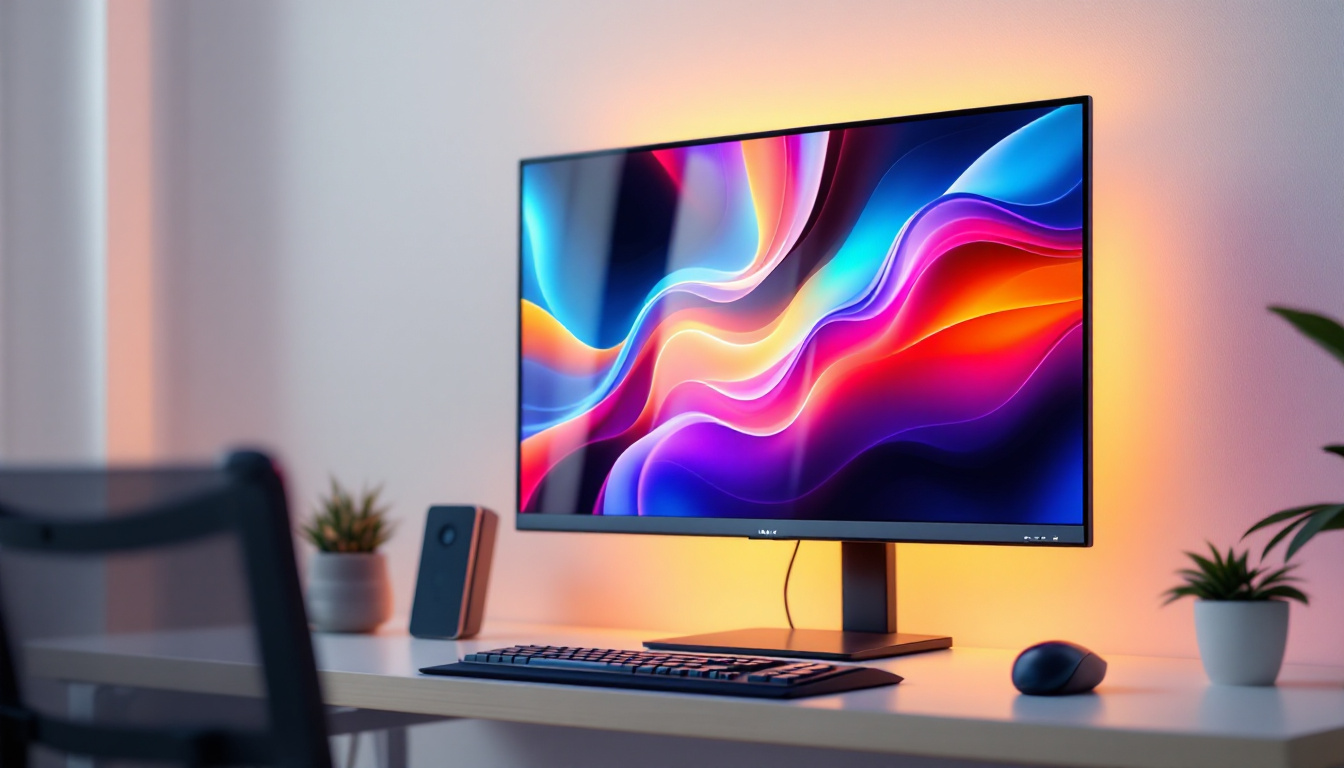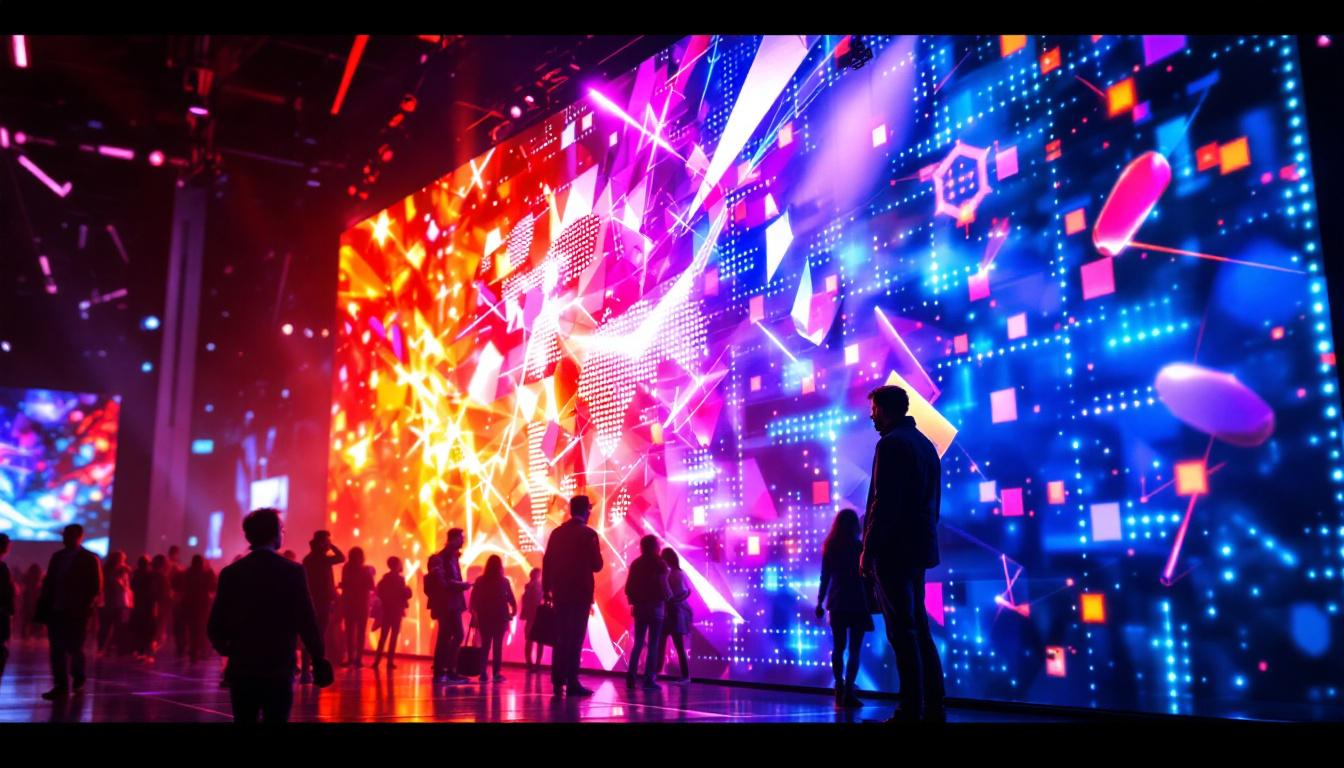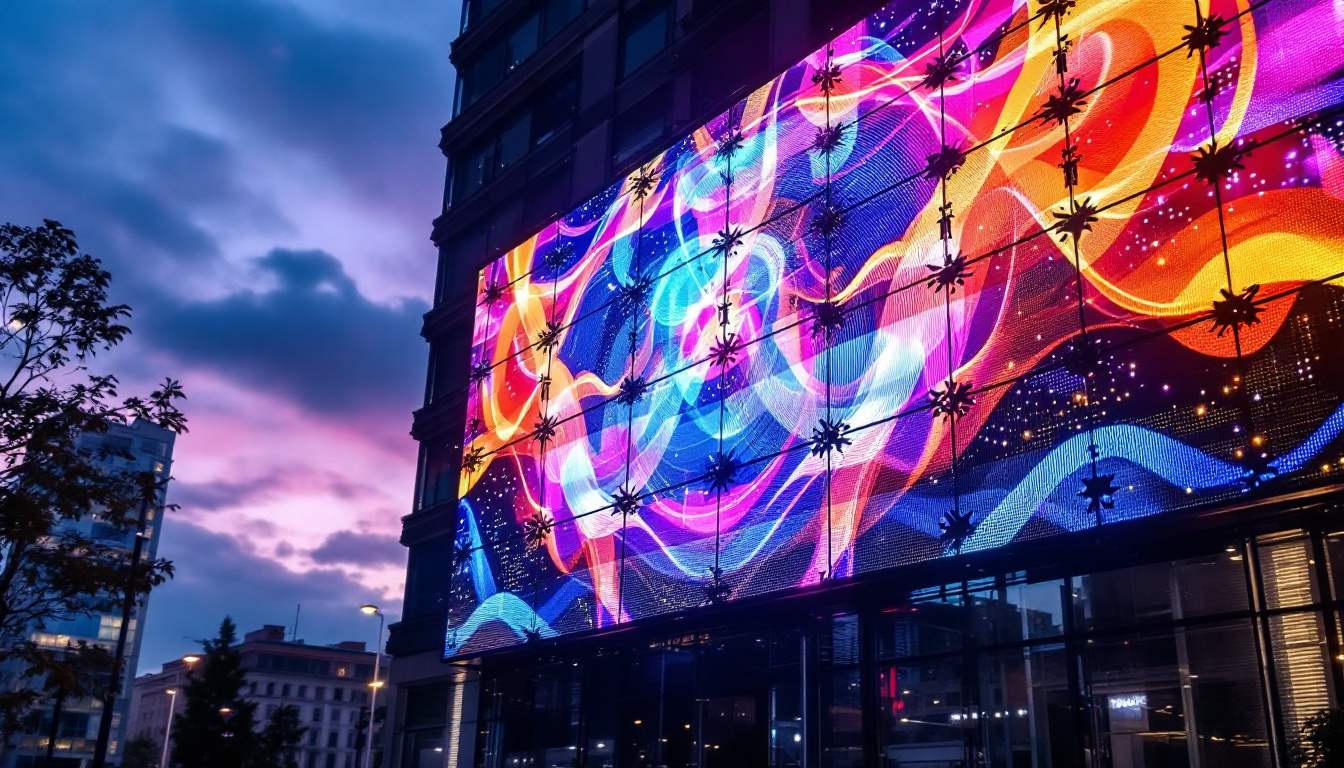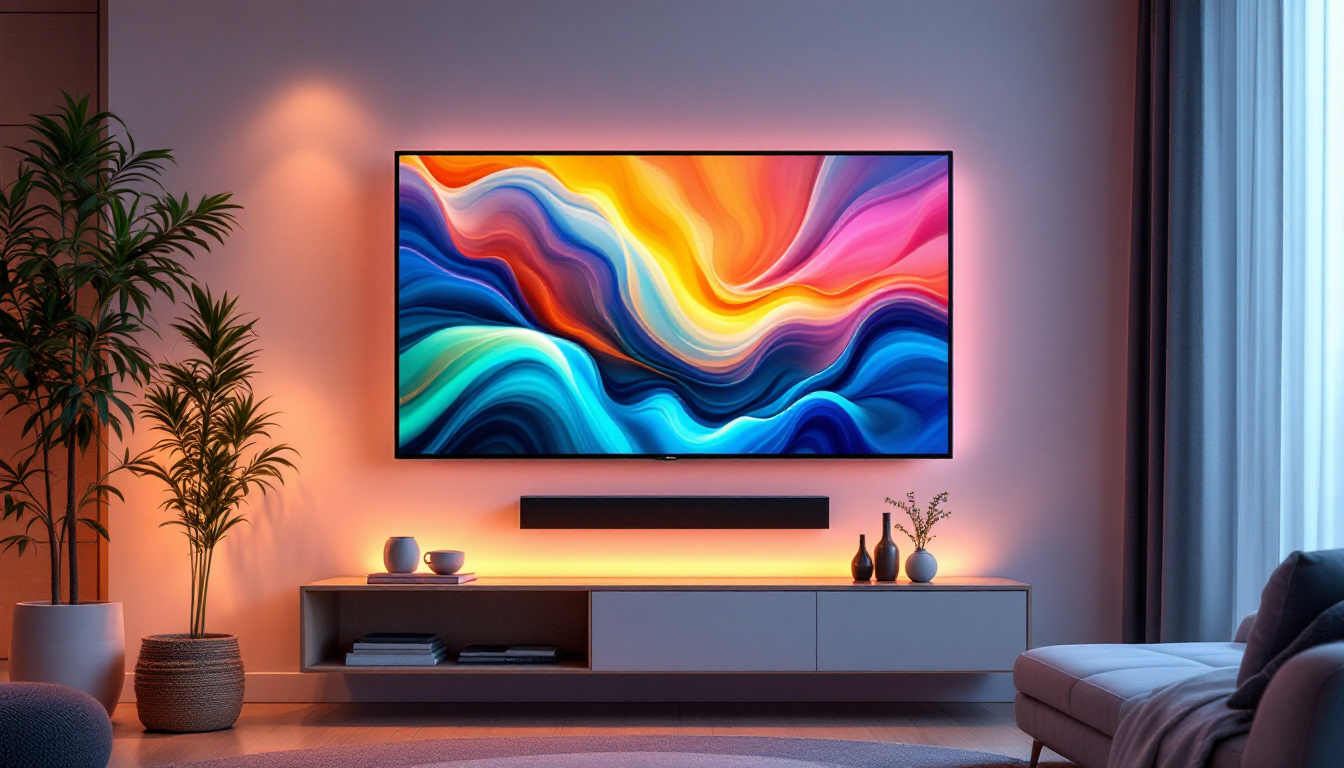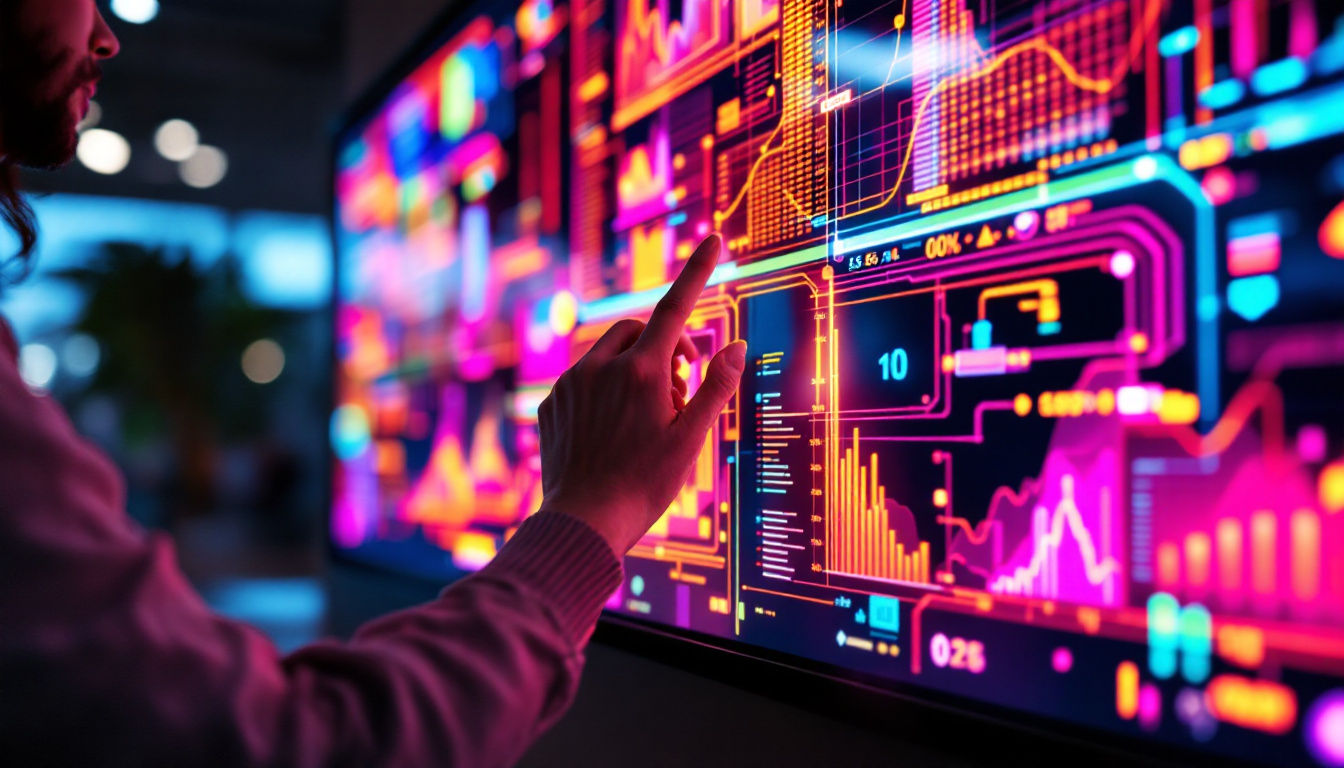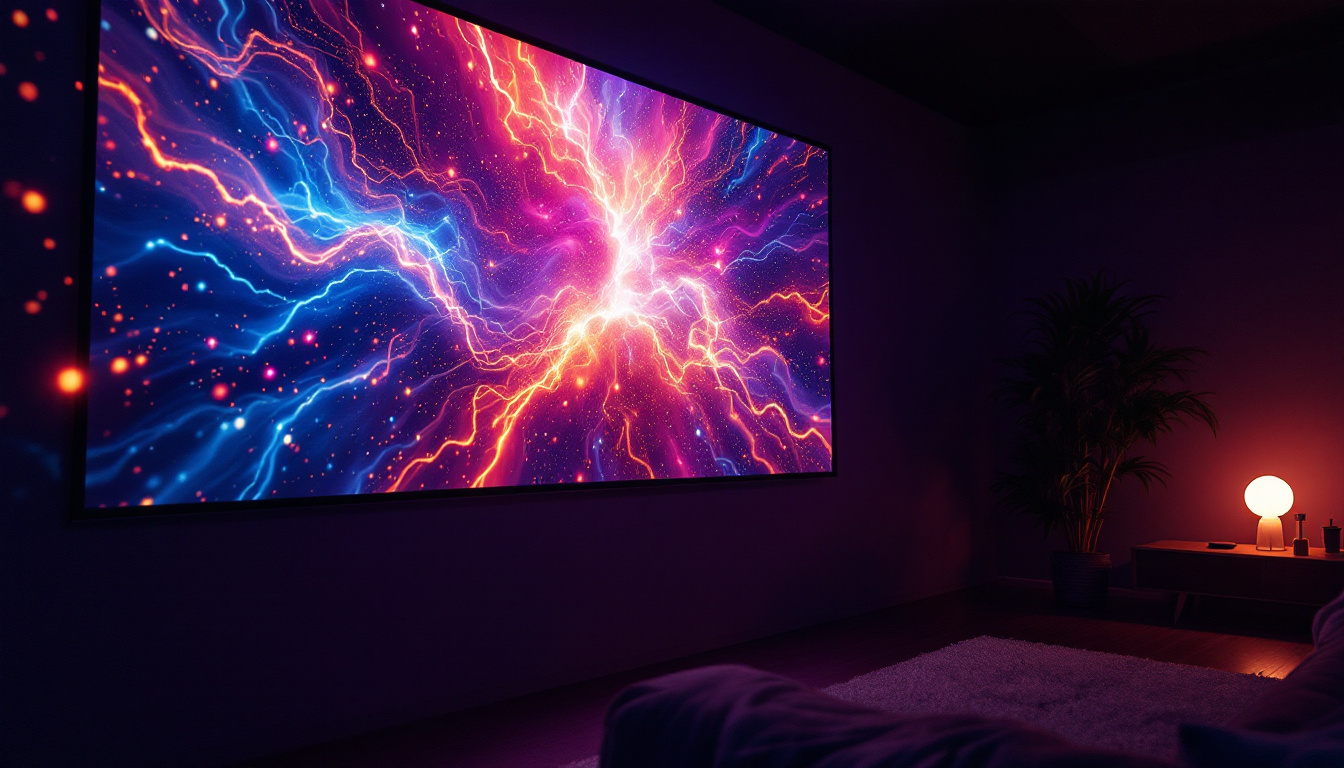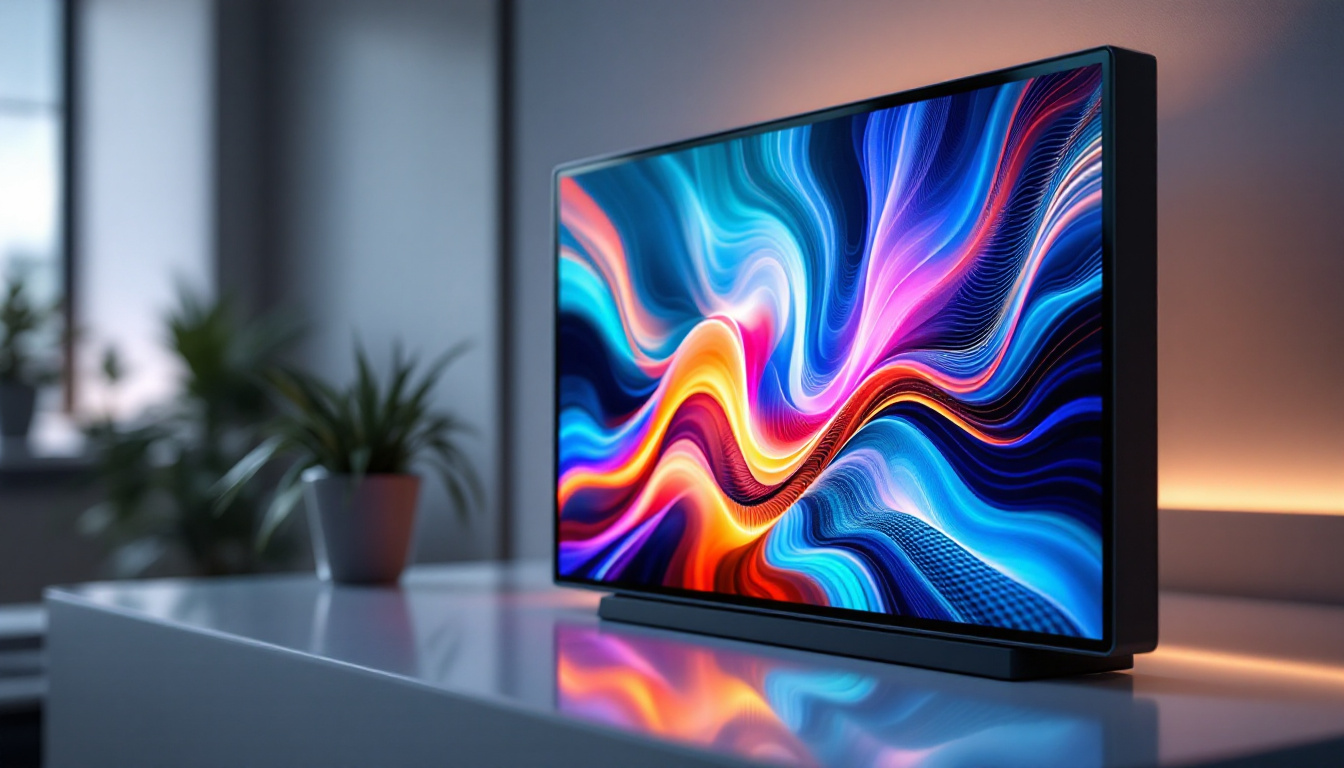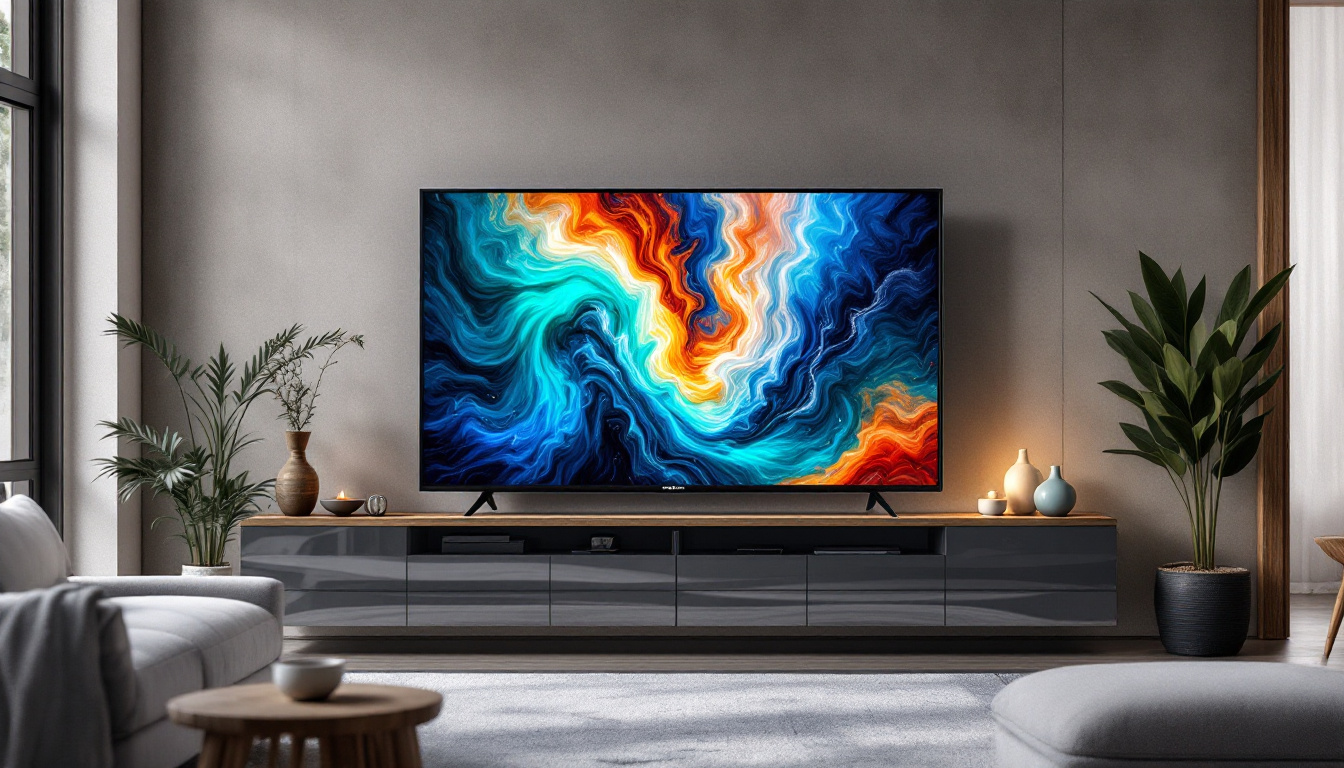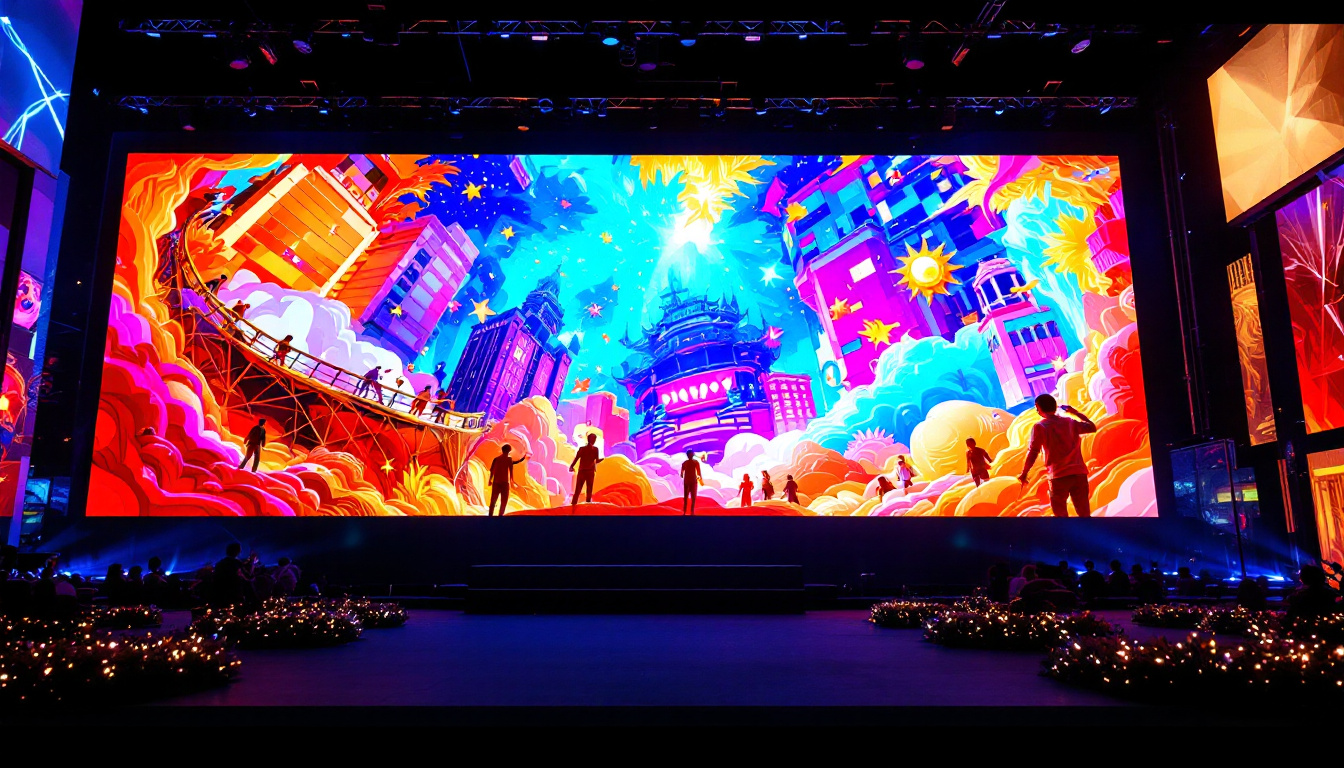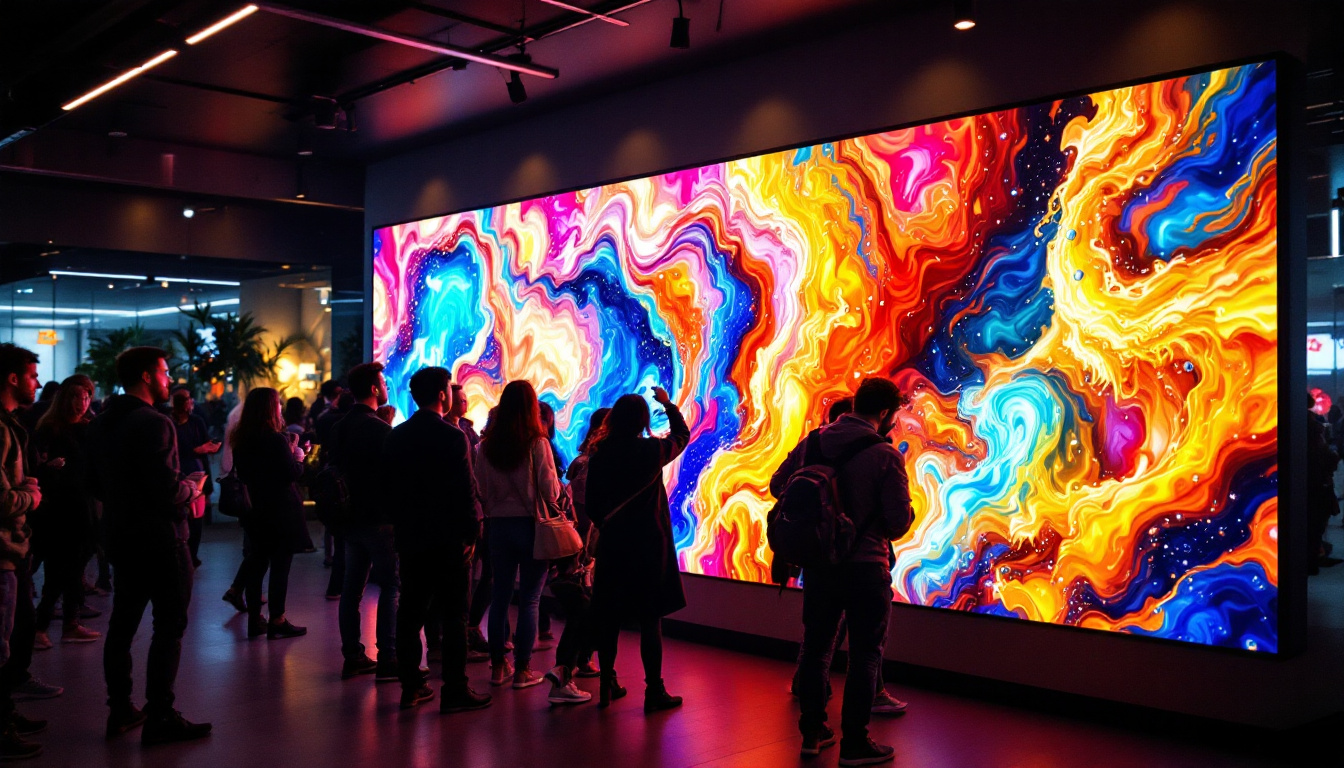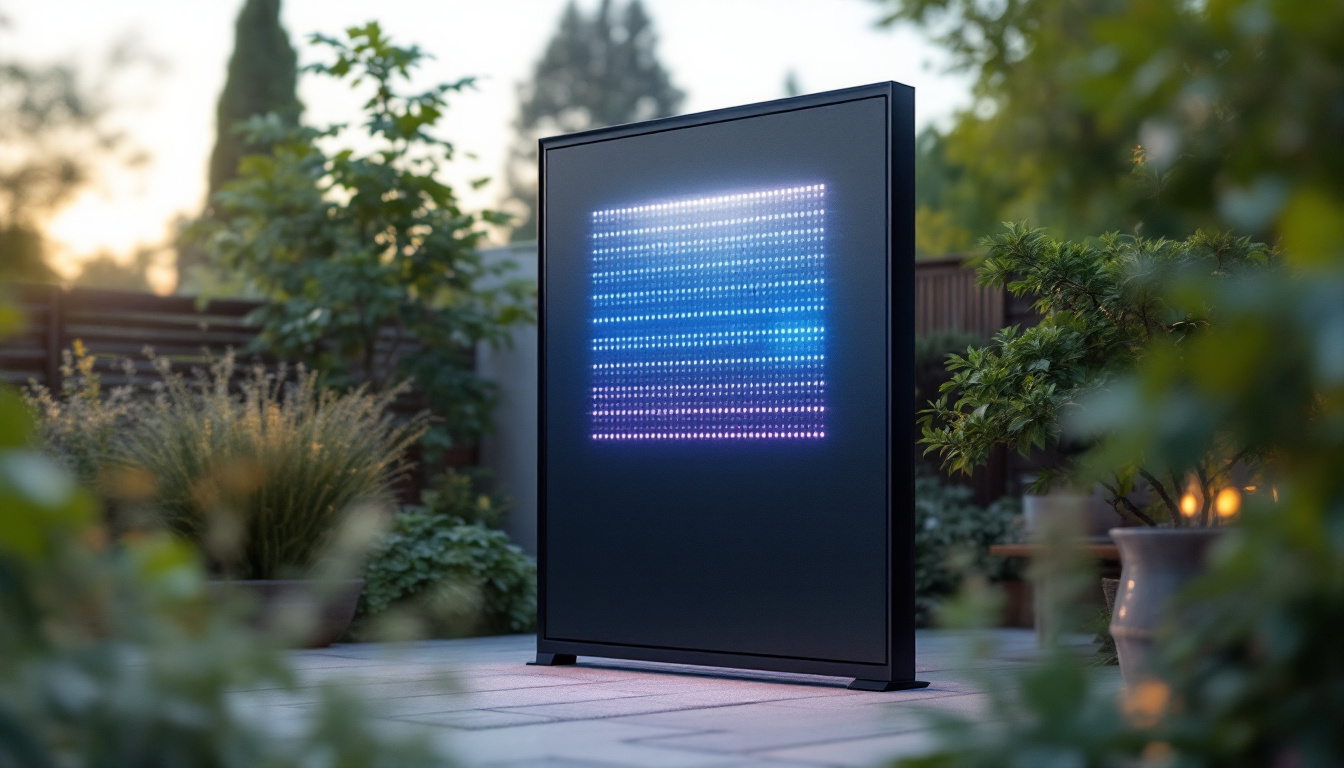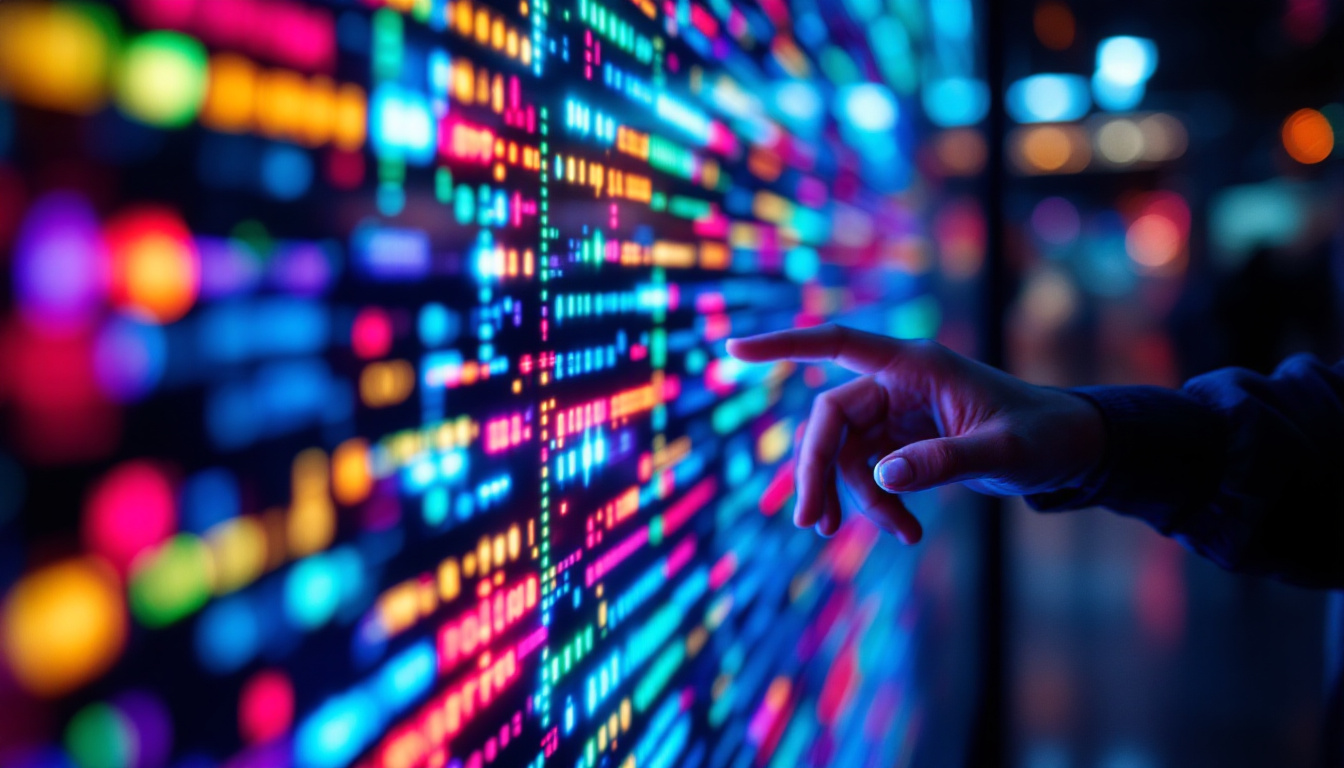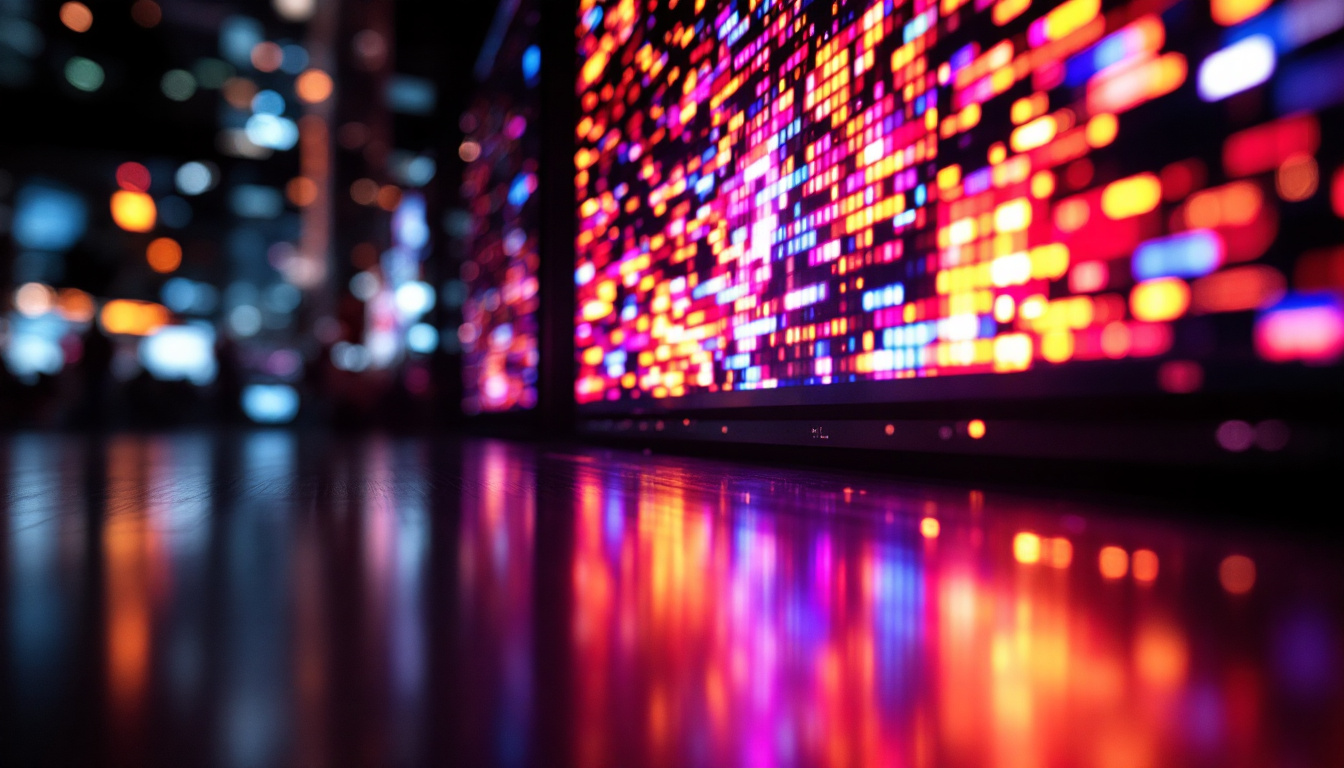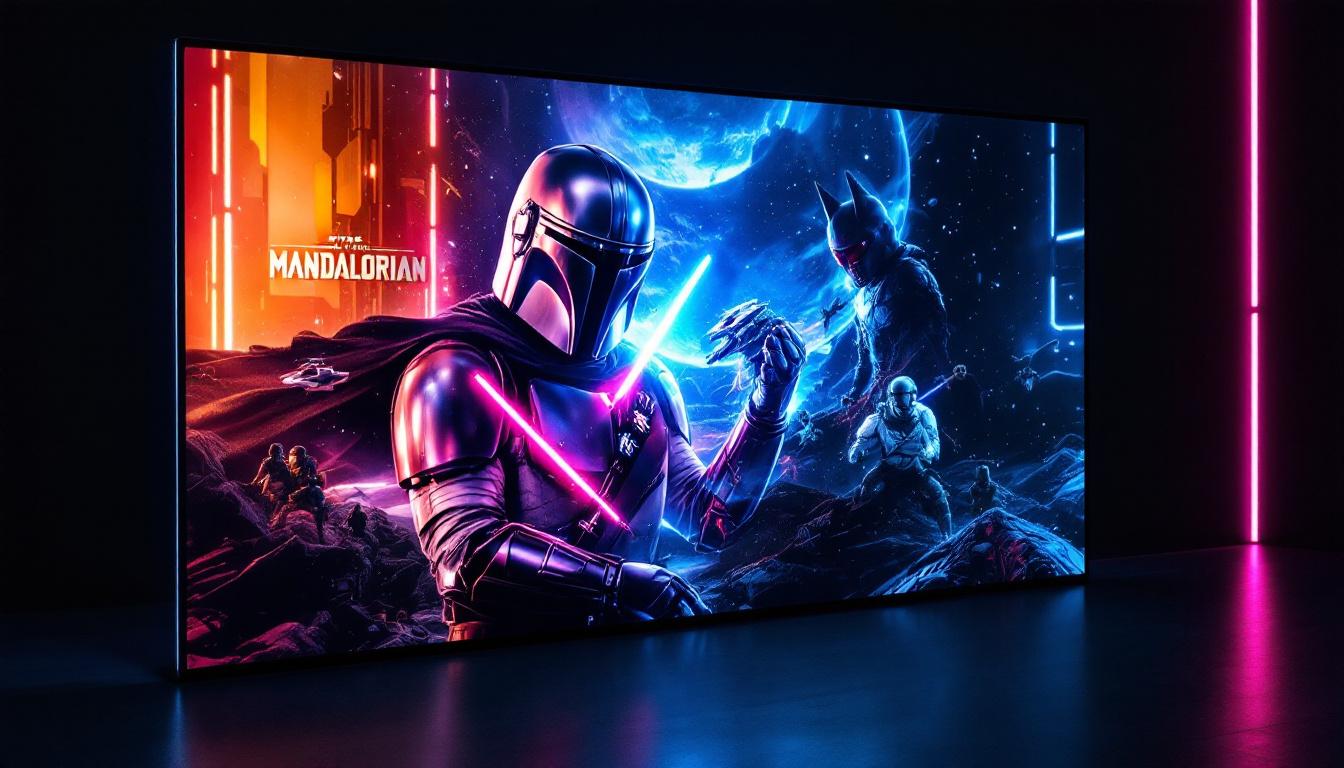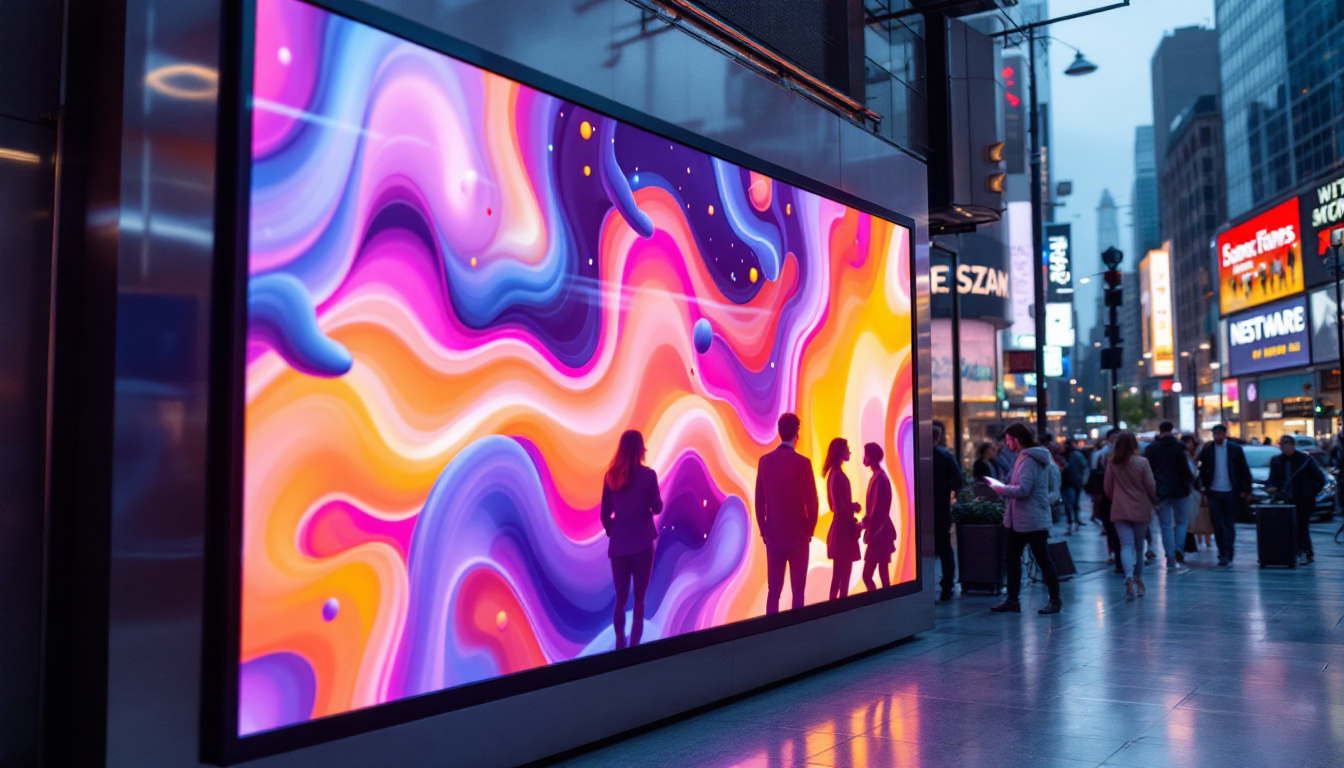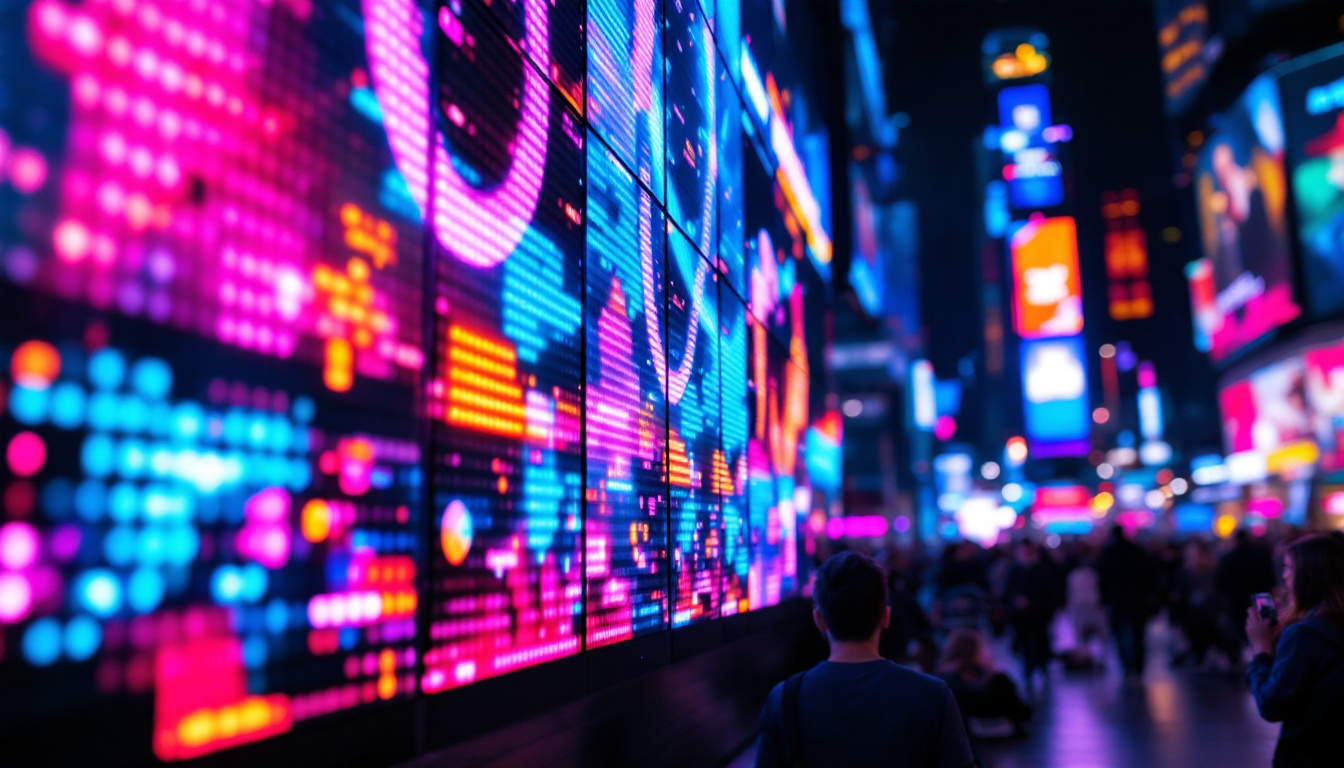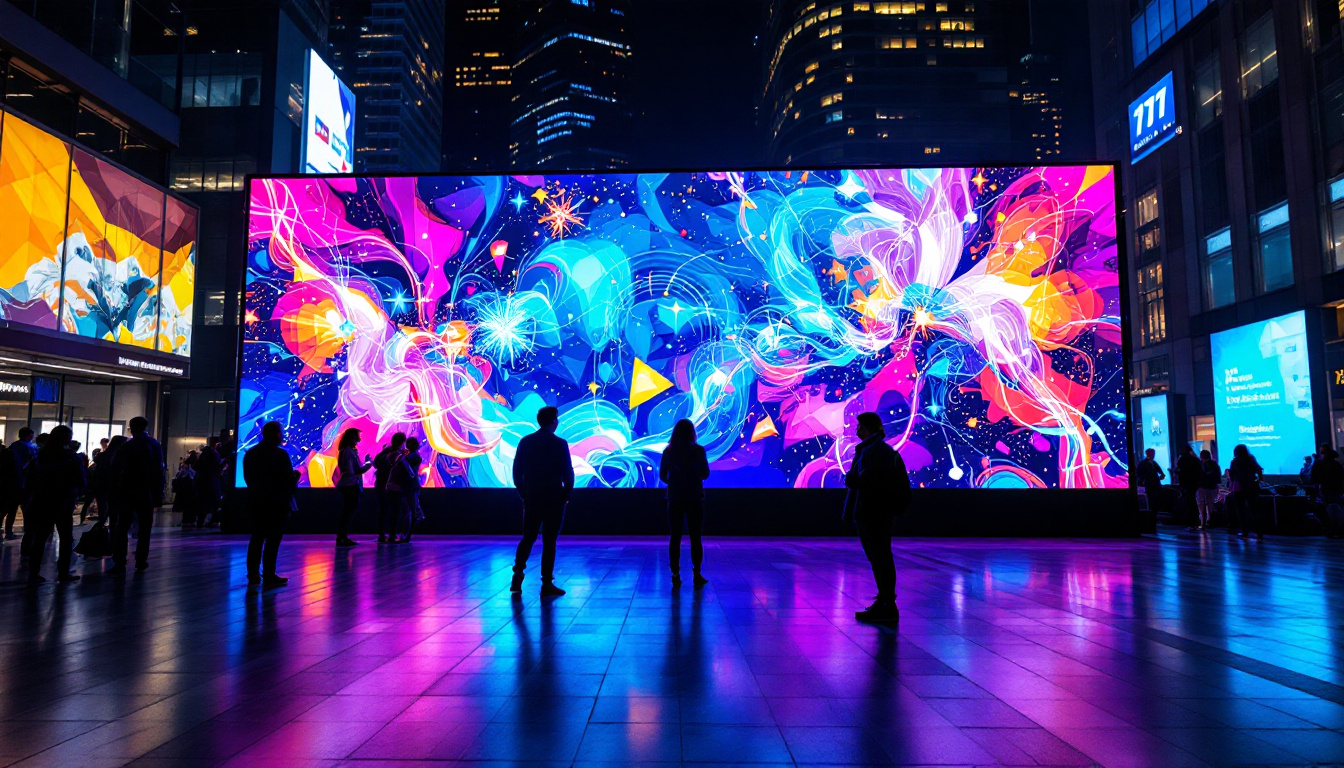In the ever-evolving world of technology, display technology has undergone significant transformations. Among the various types of displays, LED (Light Emitting Diode) technology has emerged as a popular choice for monitors, particularly in the realm of R monitors. This article delves into the intricacies of LED displays, their advantages, and how they compare to other display technologies.
Understanding LED Technology
LED technology is based on the principle of electroluminescence, where a semiconductor material emits light when an electric current passes through it. This technology has revolutionized the way displays are made and has become a cornerstone in the design of modern monitors. The shift from traditional incandescent lighting to LED has not only enhanced the visual experience but has also contributed to energy efficiency, leading to reduced power consumption and longer lifespans for devices.
How LED Displays Work
At the heart of an LED display are tiny diodes that emit light. These diodes are arranged in a matrix, which allows for the creation of images by turning specific diodes on and off. The brightness and color of the emitted light can be controlled by varying the current flowing through each diode. This capability enables LED displays to produce vibrant colors and deep blacks. Furthermore, the rapid response time of LEDs allows for smooth motion rendering, making them ideal for fast-paced video content.
LED displays can be classified into two main categories: edge-lit and backlit. Edge-lit displays have LEDs positioned along the edges of the screen, while backlit displays have LEDs placed directly behind the screen. Each configuration has its own advantages and disadvantages, affecting factors such as brightness, color accuracy, and viewing angles. For instance, while edge-lit displays tend to be thinner and more lightweight, backlit displays often provide a more uniform brightness across the entire screen, enhancing the overall viewing experience.
Types of LED Displays
There are several types of LED displays, each designed for specific applications and environments. The most common types include:
- Standard LED: These displays are used in various consumer electronics, including televisions and computer monitors. They provide good color reproduction and brightness.
- OLED (Organic LED): A more advanced form of LED technology, OLED displays offer superior color accuracy and contrast ratios. They are widely used in high-end televisions and smartphones. The self-emissive nature of OLED technology allows each pixel to turn on and off independently, resulting in true blacks and an impressive dynamic range.
- Mini-LED: A newer technology that uses smaller LEDs for backlighting, mini-LED displays provide improved brightness and contrast compared to standard LED displays. This innovation allows for more precise local dimming, enhancing the display’s ability to render dark scenes without losing detail.
In addition to these types, there are also specialized LED displays, such as MicroLED, which utilizes microscopic LEDs to create images. MicroLED technology promises to combine the best features of OLED and traditional LED displays, offering high brightness, low power consumption, and incredible color accuracy. As the technology continues to evolve, we can expect to see even more innovative applications of LED technology across various sectors, including automotive displays, digital signage, and architectural lighting solutions.
Advantages of LED Displays
LED displays offer a multitude of benefits that make them a preferred choice for both consumers and professionals. Understanding these advantages can help in making informed decisions when selecting a monitor.
Energy Efficiency
One of the most significant advantages of LED displays is their energy efficiency. Compared to traditional LCDs and CRTs, LED monitors consume less power, which not only reduces electricity bills but also contributes to a lower carbon footprint. This is particularly important in an era where energy conservation is a growing concern. In fact, many LED displays are designed with features such as automatic brightness adjustment, which further enhances their energy-saving capabilities by adapting to the ambient light conditions of the environment.
Brightness and Color Quality
LED displays are known for their exceptional brightness levels and vibrant color reproduction. The ability to produce a wide color gamut allows for more accurate and lifelike images. This feature is especially beneficial for graphic designers, photographers, and gamers who require precise color representation. Moreover, the high contrast ratios found in LED displays enhance the depth and detail of images, making them ideal for multimedia presentations and cinematic experiences. The advancements in LED technology, such as HDR (High Dynamic Range), have further elevated the viewing experience by allowing for deeper blacks and brighter whites, enriching the overall visual quality.
Longevity and Durability
LED technology is inherently more durable than traditional display technologies. LED monitors typically have a longer lifespan, often exceeding 50,000 hours of use. This longevity means less frequent replacements and lower overall costs for users, making them a wise investment. Additionally, LED displays are less susceptible to screen burn-in and other common issues associated with older technologies, ensuring that users can enjoy a consistent performance over time. This durability also makes LED displays suitable for various applications, from home entertainment setups to demanding commercial environments, where reliability is paramount.
Versatility and Design
Another noteworthy advantage of LED displays is their versatility in design and application. They come in a variety of shapes and sizes, from ultra-slim models that fit seamlessly into modern decor to large-format displays used in advertising and public information systems. The lightweight nature of LED technology allows for easy installation, whether mounted on walls or used in portable setups. Furthermore, advancements in flexible LED displays are paving the way for innovative applications, such as curved screens and even wearable technology, expanding the possibilities for how we interact with digital content in our daily lives.
Comparing LED Displays to Other Technologies
While LED displays have numerous advantages, it is essential to compare them with other display technologies to understand their unique position in the market.
LED vs. LCD
Liquid Crystal Displays (LCDs) have been a staple in the monitor market for many years. While both LED and LCD technologies use liquid crystals to create images, LED displays utilize LED backlighting instead of traditional fluorescent lights. This distinction results in better contrast ratios, improved color accuracy, and lower energy consumption for LED displays. Furthermore, LED technology allows for thinner and lighter designs, making them more versatile for various applications, from televisions to mobile devices. The rapid response time of LED displays also enhances the viewing experience, particularly for fast-paced video content, where motion blur can detract from the overall quality.
LED vs. OLED
OLED displays are often considered the pinnacle of display technology, offering unparalleled color accuracy and contrast. However, they come at a higher price point and may be more susceptible to burn-in issues. LED displays, while not as advanced as OLED, provide a more affordable option without sacrificing too much in terms of quality. Additionally, LED technology has made significant strides in recent years, with advancements such as Mini-LED and Micro-LED, which aim to bridge the gap between OLED and traditional LED displays. These innovations enhance brightness and contrast, allowing LED displays to compete more effectively with OLED in high-end applications. Moreover, the longevity of LED displays often surpasses that of OLED, making them a more durable choice for consumers who prioritize longevity alongside performance.
Choosing the Right R Monitor
When selecting an R monitor with LED display technology, several factors should be considered to ensure the best fit for individual needs.
Screen Size and Resolution
The screen size and resolution of a monitor play a crucial role in the overall viewing experience. Larger screens with higher resolutions provide more detail and a more immersive experience, making them ideal for gaming and professional work. Common resolutions include Full HD (1920×1080), Quad HD (2560×1440), and 4K (3840×2160).
Refresh Rate and Response Time
For gamers and those who work with fast-moving visuals, the refresh rate and response time are critical specifications. A higher refresh rate (measured in Hertz) results in smoother motion, while a lower response time (measured in milliseconds) reduces motion blur. Many R monitors offer refresh rates of 60Hz, 120Hz, or even 240Hz for an enhanced gaming experience.
Connectivity Options
Modern monitors come equipped with various connectivity options, including HDMI, DisplayPort, and USB-C. Ensuring that the chosen monitor has compatible ports with existing devices is essential for a seamless setup. Additionally, some monitors offer built-in USB hubs for added convenience.
Future of LED Displays
The future of LED display technology looks promising, with ongoing advancements aimed at enhancing performance and user experience. Innovations such as MicroLED and flexible displays are on the horizon, potentially transforming how displays are used in various applications.
MicroLED Technology
MicroLED technology utilizes microscopic LEDs to create images, offering several advantages over traditional LED displays. These include improved brightness, better energy efficiency, and the ability to create displays of any size or shape. MicroLED is expected to play a significant role in the future of large-scale displays and televisions.
Flexible Displays
Flexible display technology allows screens to bend and curve, opening up new possibilities for design and functionality. This innovation could lead to the creation of foldable smartphones, rollable TVs, and other unique applications that enhance user experience.
Conclusion
LED displays have undoubtedly changed the landscape of monitor technology, offering users a combination of energy efficiency, vibrant colors, and longevity. As technology continues to advance, LED displays will likely remain at the forefront of innovation, providing users with exceptional viewing experiences. Whether for gaming, professional work, or casual use, R monitors with LED technology are a solid choice that caters to a wide range of needs.
Understanding the various aspects of LED displays, from their inner workings to their advantages over other technologies, empowers consumers to make informed decisions. As the market continues to evolve, staying updated on the latest trends and technologies will ensure that users can maximize their investment in display technology.
Discover LumenMatrix’s Innovative LED Solutions
Ready to experience the pinnacle of LED display technology? LumenMatrix is at the forefront of innovation, offering a comprehensive range of LED display modules tailored to your needs. From captivating Indoor LED Wall Displays to dynamic Outdoor LED Wall Displays, and from versatile Vehicle LED Displays to sleek LED Poster Displays, our solutions are designed to revolutionize visual communication. Elevate your brand’s visibility and engage your audience like never before with our LED Sports Displays, Floor LED Displays, Custom LED Displays, All-in-One LED Displays, and LED Transparent Displays. Don’t miss out on the opportunity to transform your visual storytelling. Check out LumenMatrix LED Display Solutions today and step into a world of vivid colors and unparalleled clarity.

